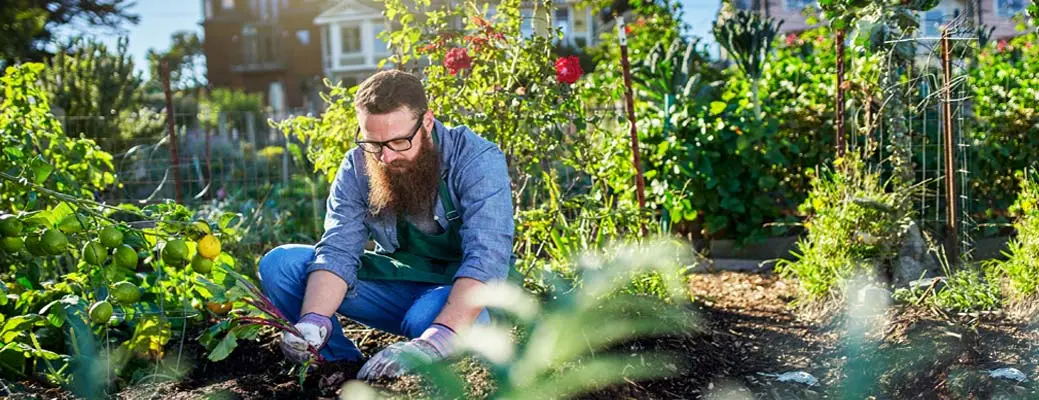5 Tips for Small-Space Gardening


If you’re a city dweller (read: your apartment, condo or townhome has little to no yard) who dreams of lush fields, we’re here to help. Bring your bucolic visions to life with these tips for small-space gardening.
Size doesn’t matter. Efficient landscaping techniques can help you carve out a garden in your small space. You might use stackable or moveable containers, or under-utilized areas like rooftops or balconies. A vertical garden could also be an option. If you just don’t have the square footage, see if your community has a shared gardens where people gather and work together. Many places make a point of setting aside land for neighborhood gardens.
If your little plot of land has been previously used — and might be chemically contaminated — don’t despair. Freshen up your little garden to get it back into working condition. For example, you could rehab the soil with the help of local conservation specialists who can work to level the pH balance of the soil. They may recommend replacing the existing soil with fresh soil, or using organic fertilizers and compost. And just like that, you can easily bring your small-space garden back to life.
Depending on the site of your garden, you may want to create raised garden beds. You can find simple designs online and customize them to suit your needs. When searching for small-space gardening designs, be sure to think about the height of the beds, and how you normally use the space. Try not to create beds that are too high, and make sure that when you tend and revamp your garden, you’re able to reach the center.
Whether planting flowers or vegetables, you need to know the ideal growing conditions for your crops before putting roots in soil. Set pots or containers in places that will receive adequate light and are close to water sources. Discuss your plans with your gardening supply store or a gardener friend — some plants can share space in the soil.
Many plants can weather unpredictable watering patterns, but vegetables require a consistent water supply to perform their best. Mark where you plant each crop so you can judge what level of care each section needs. Markers don’t have to be expensive to be effective. They could be as simple as a plastic spoon with a tag attached. And know what your crops look like so you don’t accidentally uproot it while weeding and cleaning your beds.
Want to be sure your garden and home are fully protected? Contact your Farm Bureau agent and discuss policies today.